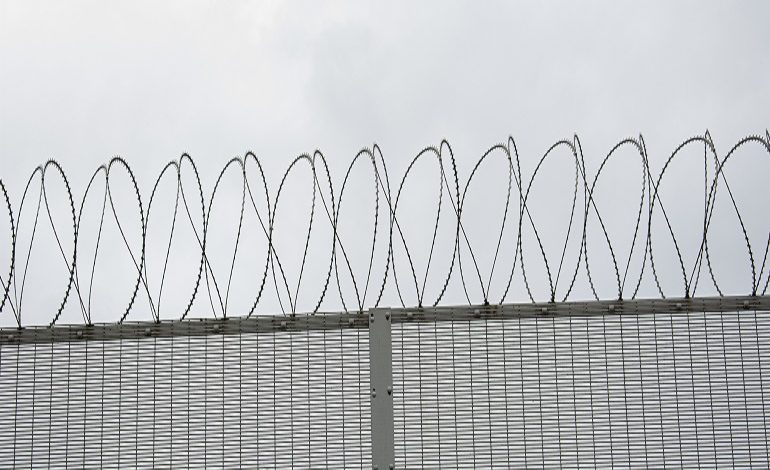
Feel Free Call to Us
+966 50 232 8294
info@hassanalkhaleej.com

When it comes to roadside safety, industrial barriers, or site demarcation, wire rope fencing has emerged as one of the most reliable and efficient fencing solutions. Combining strength, flexibility, and cost-effectiveness, wire rope fences are now widely used in highways, construction zones, and industrial facilities.
Wire rope fencing consists of high-tensile steel cables stretched between sturdy posts, creating a flexible barrier system. Unlike rigid barriers, these fences are designed to absorb and redirect impact, reducing the risk of severe injuries or damage.
Ideal for highways and dangerous curves, wire rope fences minimize vehicle damage and injury during collisions by absorbing kinetic energy.
Despite its minimalist appearance, the fencing is incredibly durable and can withstand high tension without breaking.
Compared to concrete barriers or heavy metal fencing, wire rope systems are more affordable to install and maintain.
The sleek and open design allows for clear sightlines, making it perfect for highways, bridges, and open landscapes.
Wire rope fencing can be installed efficiently, with minimal disruption to surrounding areas — a major plus for busy roads or ongoing construction projects.
| Feature | Wire Rope Fence | Traditional Fence |
|---|---|---|
| Flexibility | High | Low |
| Impact Absorption | Excellent | Poor |
| Installation Speed | Fast | Moderate |
| Maintenance Cost | Low | Medium to High |
| Visual Aesthetics | Minimal & Clean | Often Bulky |
In high-risk areas such as curves, bridges, and sharp slopes, wire rope fencing saves lives. Studies show these barriers significantly reduce fatalities by redirecting out-of-control vehicles instead of stopping them abruptly.
Wire rope fencing is more than just a boundary — it’s a safety system. Whether you’re managing a roadway project, industrial facility, or need perimeter protection, wire rope fences offer durability, safety, and cost savings.
Leave A Reply